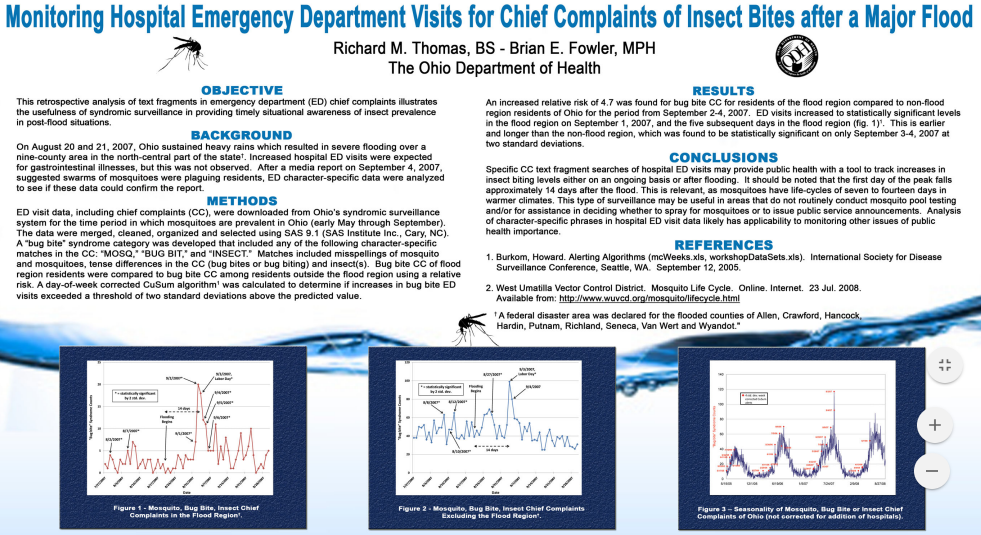Bulletin: Change in Definition of Chief Complaint Opioid-Related Evidence Classifier
Effective date: July 1, 2018
Health Monitoring’s evidence classifiers incorporate data from emergency department chief complaints, diagnosis codes, and clinical notes. Each classifier contains the classifications related to the data type. Each classification is defined by a particular set of keywords in conjunction with an absence of specified negative indicators.
Definition Change
At the request of the Connecticut Department of Health, two new brand names have been added to the Chief Complaint Opioid-Related Evidence Classifier.
The keywords “tramadol” and “hydromorph” are being added to that classifier’s Substance Opioid Brand classification. The relevance of these changes was deemed sufficiently universal and the impact on existing classifications sufficiently minor as to warrant applying them globally.
Impact on Existing Classifications
Since January 1, 2015, the start point for applying opioid-related classifications retroactively, there have been 2,852 chief complaints containing “tramadol” and 48 containing “hydromorph.” For “tramadol” that averages to roughly 2 per day systemwide, and thus less than 1 per day per state. Of those, 174 (169 “tramadol,” 5 “hydromorph”) contain sufficient additional information to warrant the classification “Suspected overdoses involving any opioid.” That works out to an average of 8 additional suspected opioid overdoses per year per state. The other two overdose categories will not be affected by this change.

